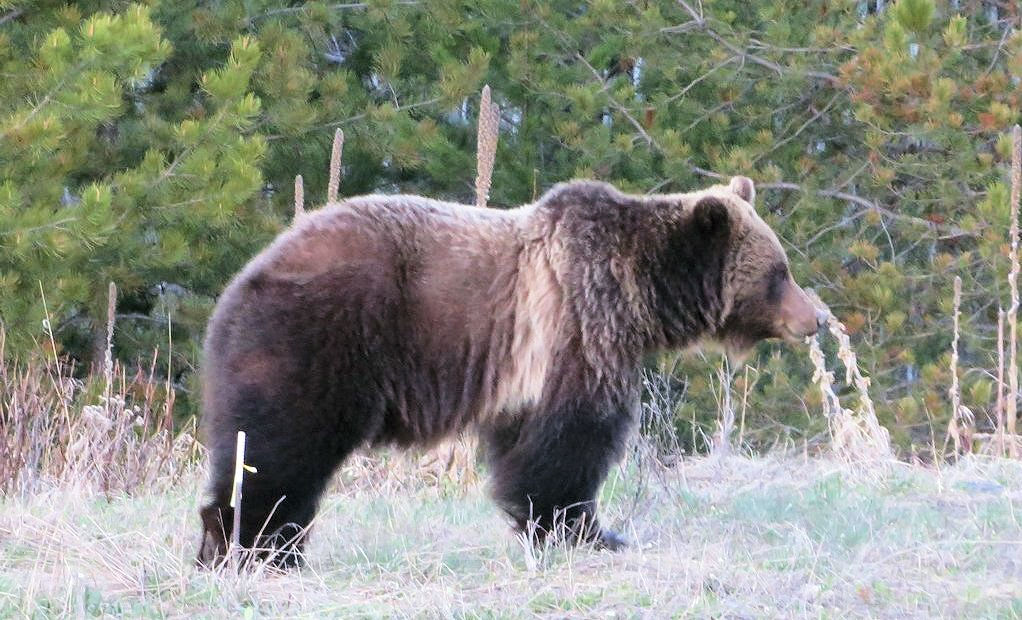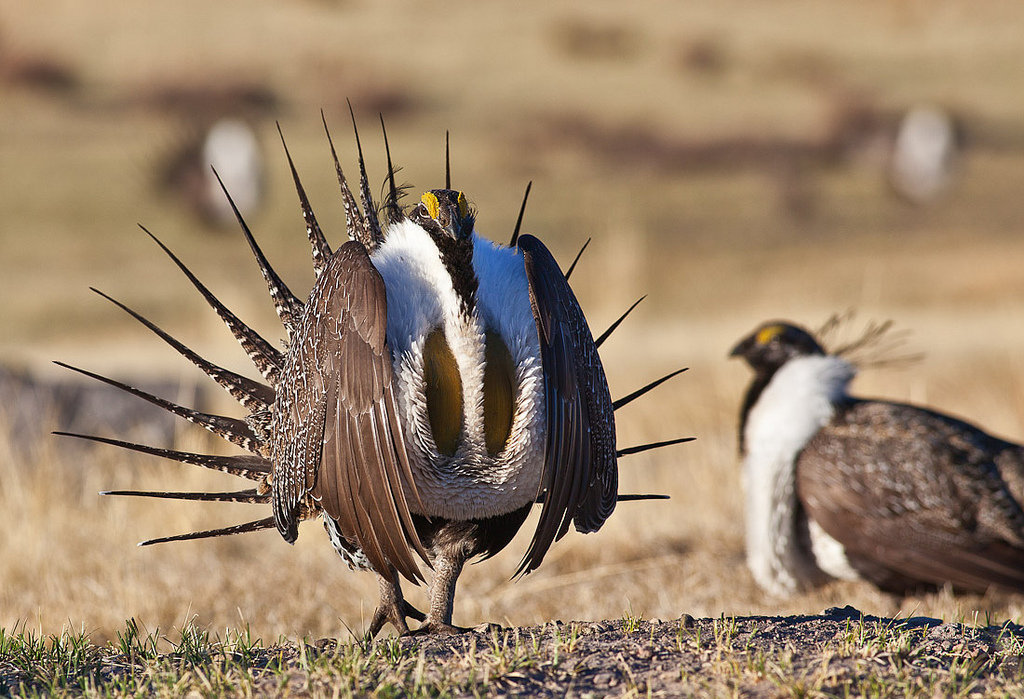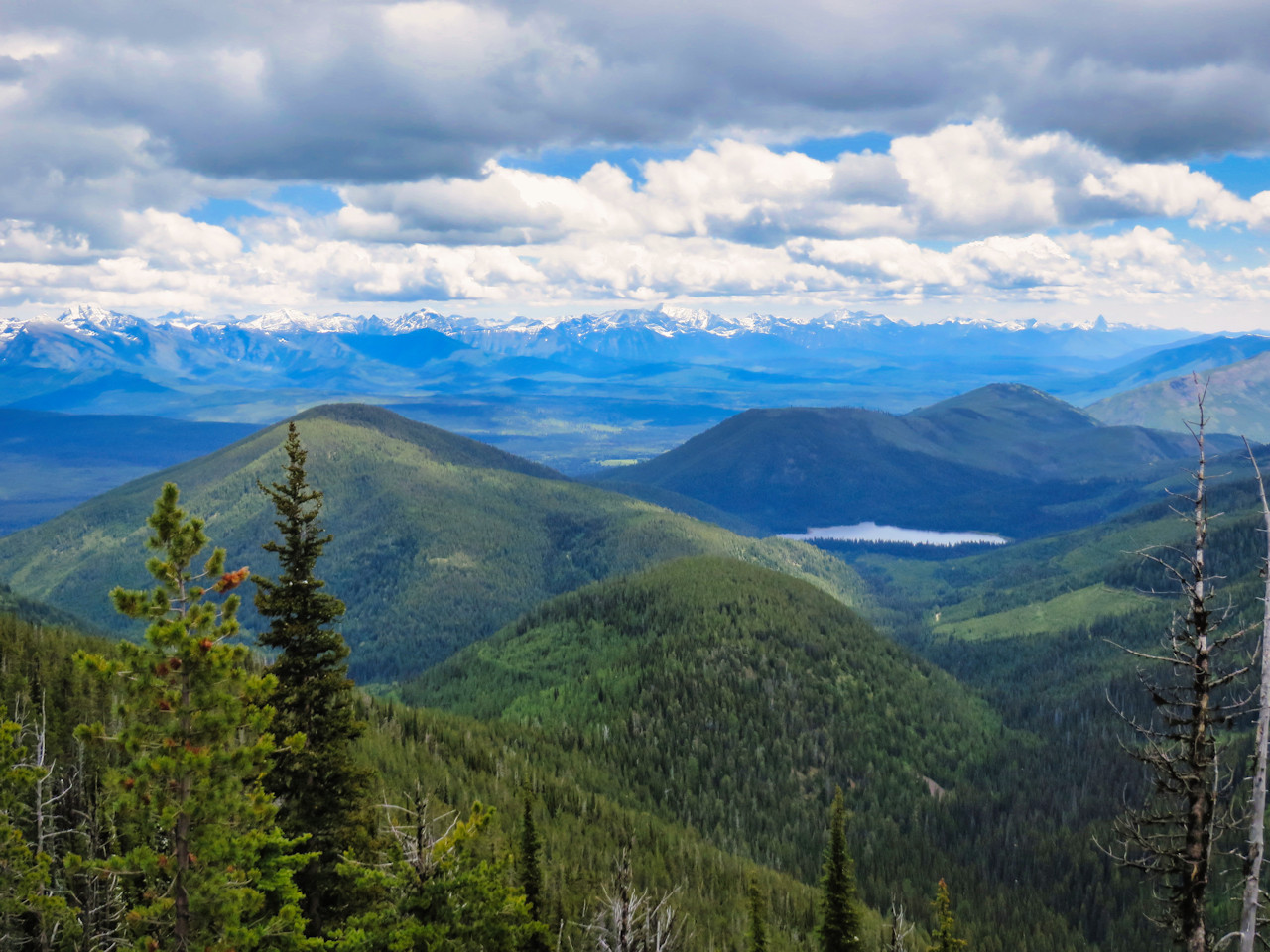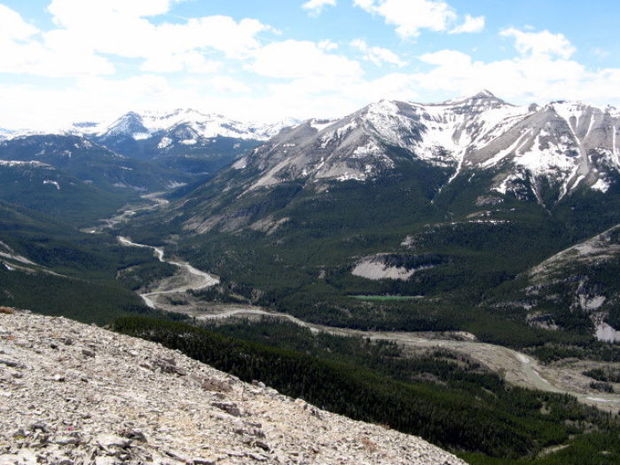
Tribal leaders in the United States and Canada have registered strong objections with the U.S. federal government over its intent to remove the grizzly bear from the Endangered Species List. Native News Online posted two stories on this conflict recently. The first discusses the visit of a tribal delegation to various federal offices early this month . . .
Tribal leaders took the fight to save grizzly bears from trophy hunters’ guns, and in the process defend tribal spiritual rights and sovereignty, to the highest offices of the federal government last week. What began with a loudly applauded announcement denouncing the delisting of the grizzly bear from the Endangered Species Act (ESA) by NCAI President, Brian Cladoosby, in the presence of Interior Secretary Sally Jewell, concluded with a delegation of tribal leaders meeting with Deputy Secretary of the Interior, Mike Connor, and US Fish and Wildlife Service (FWS) Director, Dan Ashe.
Over forty tribes have issued declarations and resolutions opposing the delisting of the Yellowstone grizzly bear from the ESA, a status change that will hand management of the grizzly to the states of Wyoming, Idaho and Montana, all of which intend to operate high-dollar trophy hunts of the grizzly on sacred and ancestral tribal homelands. Removing federal protections from the grizzly will also remove the existing protections on the lands the bear occupies, loosening restrictions on energy, livestock and timber leases on approximately two million acres of Greater Yellowstone.
Coalescing around GOAL Tribal Coalition, tribal nations state that delisting the grizzly is contrary to tribal interests and will cause irreversible damage to tribal cultural practices due to the significance of the grizzly in foundational narratives and ceremonies. “The grizzly bear is sacred to us. We want the grizzly bear to remain protected. We do not want the states trophy hunting the grizzly bear,” insists Vice Chairman Tyler.
Continue reading . . .
A couple of weeks later, the Assembly of First Nations in Canada weighed in on the matter . . .
The Assembly of First Nations (AFN) National Chief, Perry Bellegarde, has petitioned President Barack Obama to “reconsider the decision to delist the grizzly bear from the Endangered Species Act (ESA) and to permit States to profit from trophy hunts of this sacred being.” The AFN is a national advocacy organization representing First Nation citizens in Canada, which includes more than 900,000 people living in 634 First Nation communities and in cities and towns across the country.
The AFN’s just released letter comes in the wake of a delegation of tribal leaders meeting with the White House Council, and House and Senate offices on Capitol Hill. During those meetings, Congressman Raúl Grijalva (D-AZ) indicated to the envoys for the massed tribal opposition that he would take up the fifty-strong tribal coalition’s fight. Tribes state that delisting the grizzly bear is contrary to tribal interests and will cause irreversible damage to tribal cultural practices due to the significance of the grizzly in ceremonies integral to tribal religions.
Tribes are insisting that the “thorough” and “meaningful” consultation with the US Fish and Wildlife Service (FWS) mandated by President Obama in his 2013 Executive Order creating the White House Council on Native American Affairs be honored, along with a raft of other treaties, acts, executive orders, secretarial orders, and laws.
Continue reading . . .





